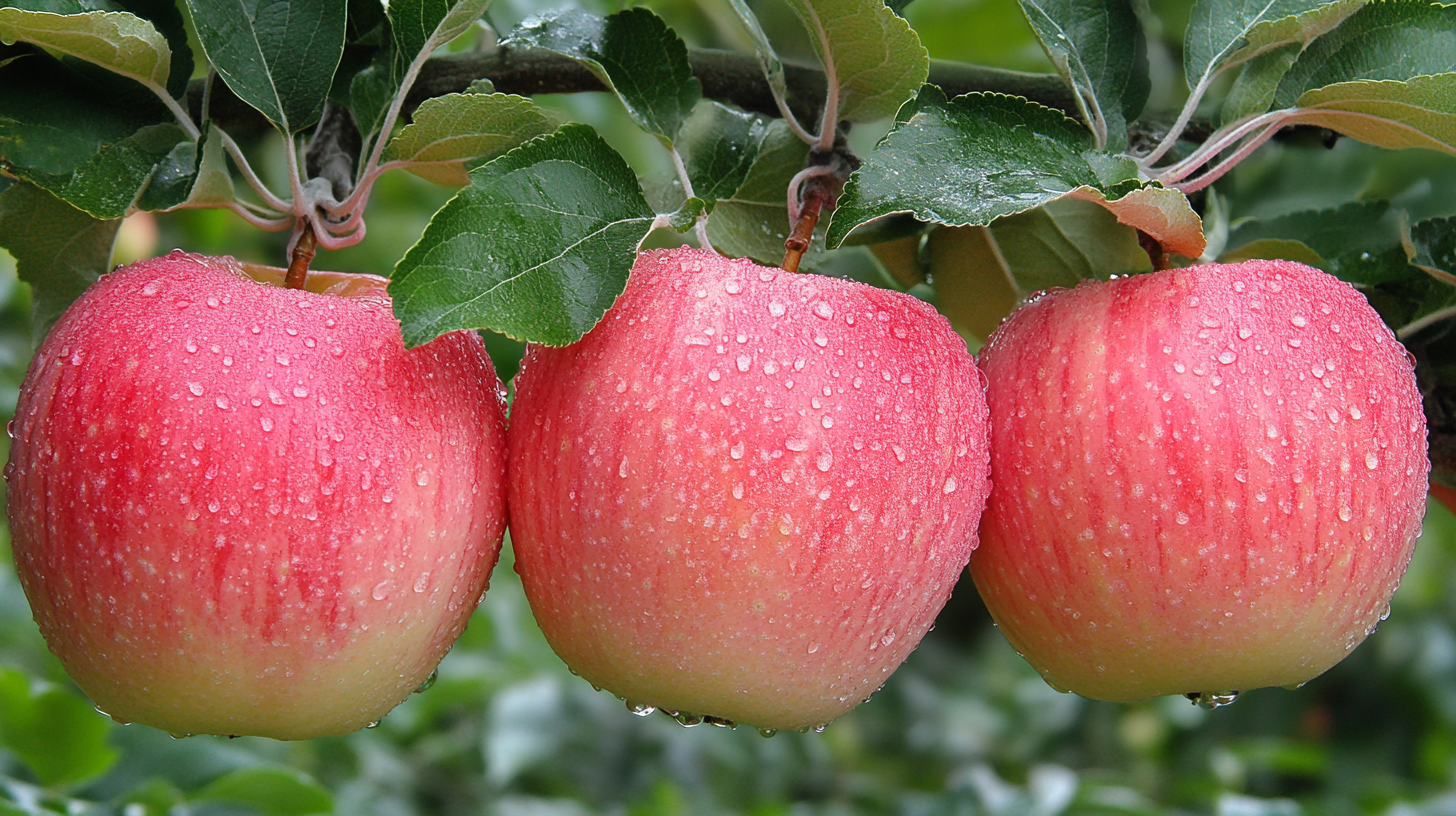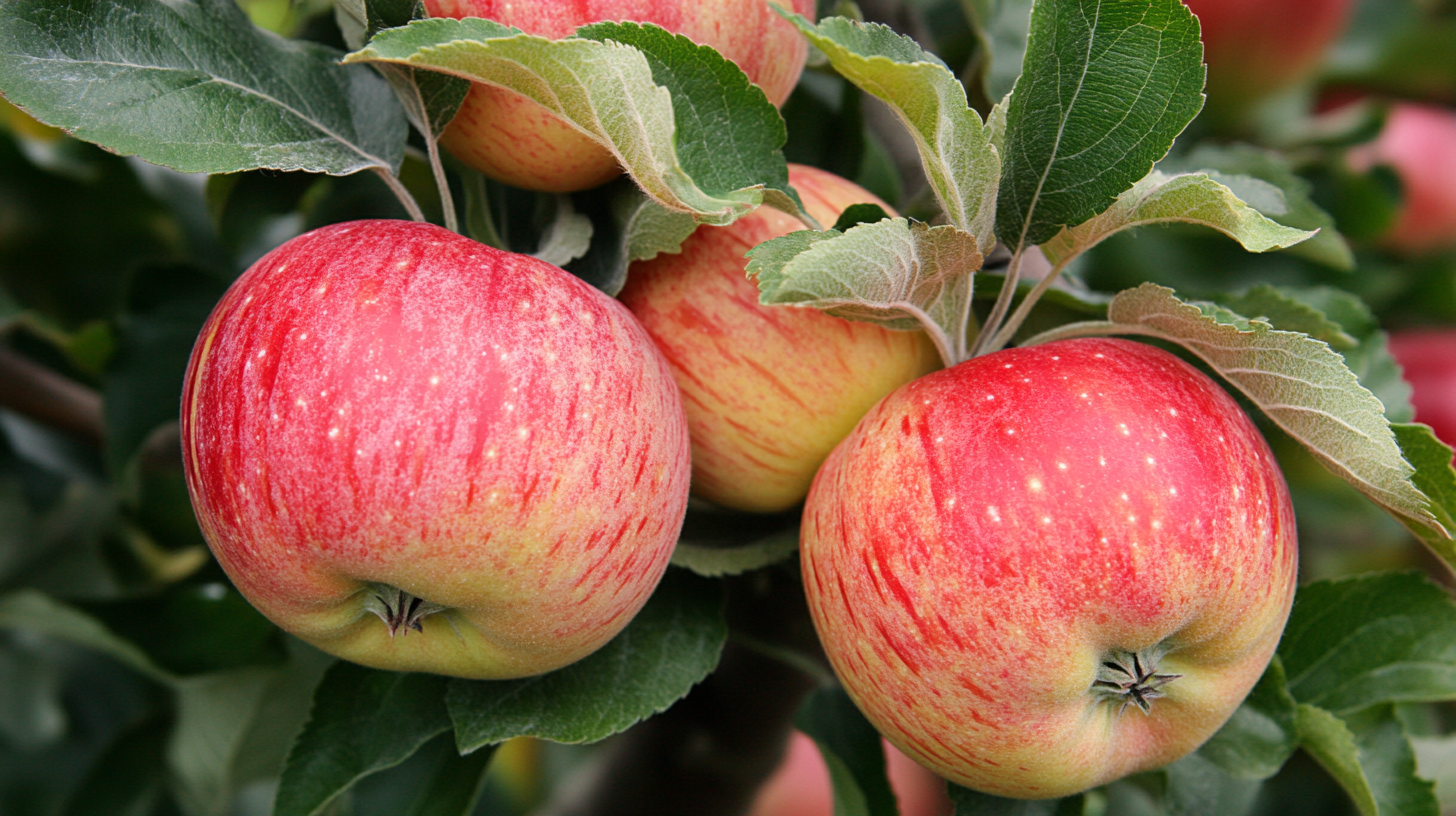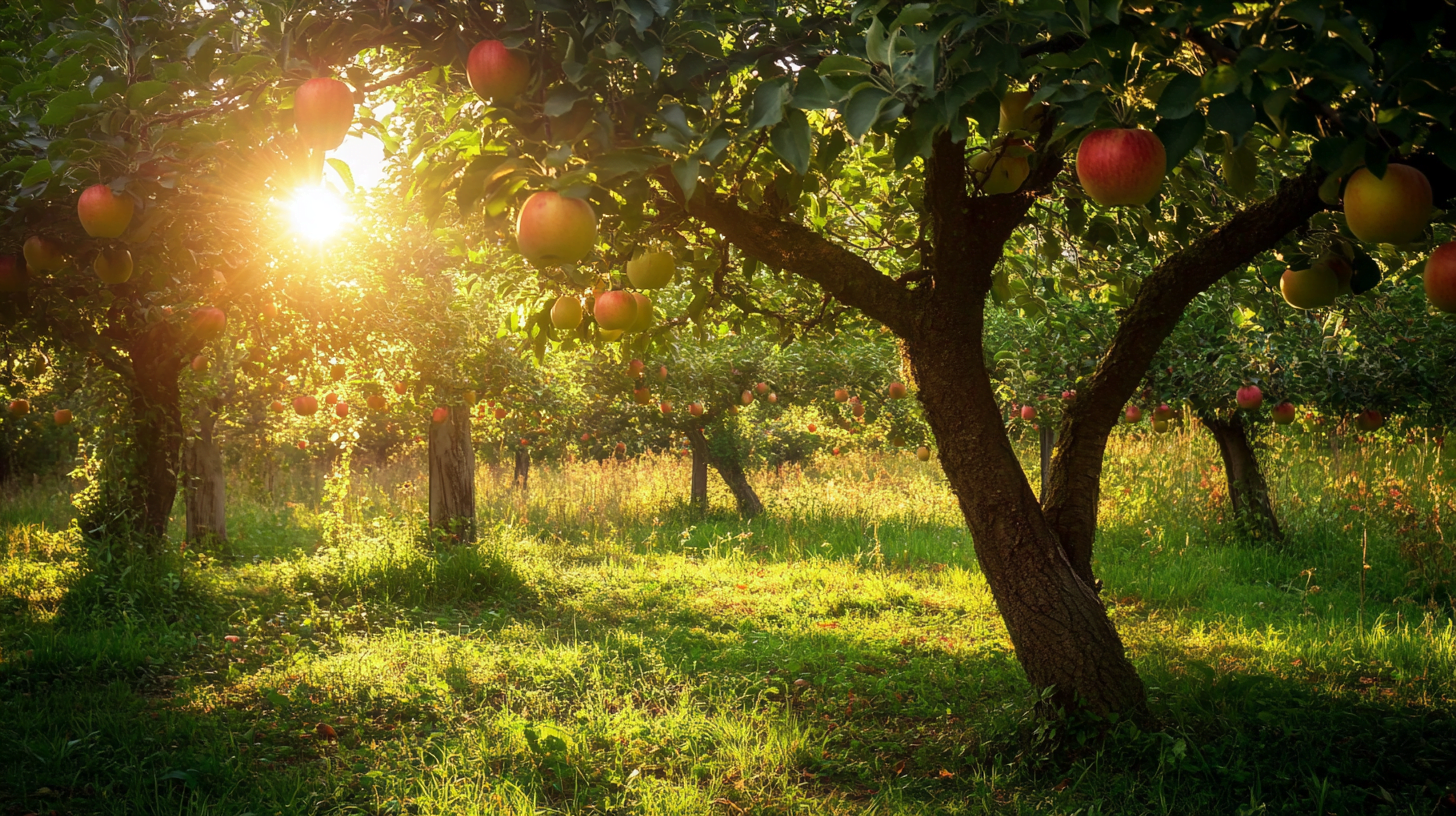Beautiful Plants For Your Interior
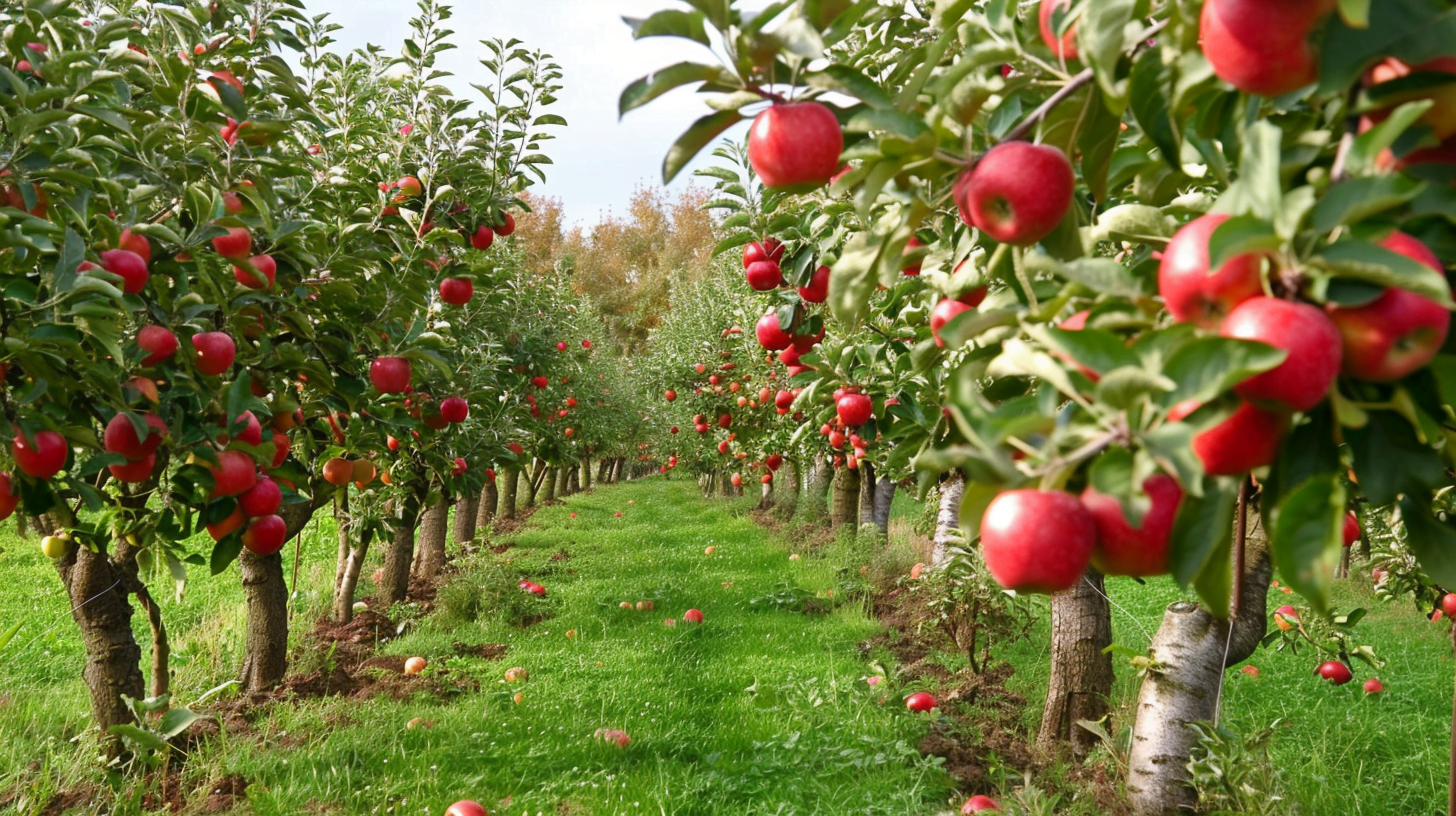
Table of Contents
Are you dreaming of a bountiful apple orchard in your backyard? The key to success lies in knowing which apple trees to plant together. This comprehensive guide will walk you through everything you need to know about selecting compatible apple varieties, maximizing pollination, and creating a thriving orchard.
Understanding Apple Tree Pollination: The Foundation of Fruitful Orchards
Most apple trees need cross-pollination to produce fruit. This means pollen from one variety must fertilize the flowers of another variety. It’s a dance of nature that’s crucial for a good harvest.
Pollination groups are a vital concept to grasp. Apple varieties are categorized into flowering groups based on when they bloom. For effective pollination, you’ll want to choose trees from the same group or adjacent groups to ensure their bloom times overlap.
Here’s a quick breakdown of pollination types:
- Self-fertile: These rare varieties can pollinate themselves, but still benefit from cross-pollination.
- Self-sterile: Most common apple varieties fall into this category and require a compatible pollination partner.
- Triploid: These varieties have poor pollen and need two other varieties for successful pollination.
Factors to Consider When Choosing Apple Trees to Plant Together
- Bloom time compatibility: This is crucial for successful cross-pollination.
- Disease resistance: Choosing resistant varieties can reduce the need for pesticides.
- Tree size: Consider the space you have available and choose rootstocks accordingly.
- Climate adaptability: Select varieties suited to your hardiness zone.
Best Apple Tree Combinations for Cross-Pollination
Here’s a table of popular apple varieties and their compatible pollination partners:
| Apple Variety | Compatible Pollinators |
|---|---|
| Gala | Fuji, Golden Delicious |
| Honeycrisp | Gala, Granny Smith |
| Red Delicious | Golden Delicious, Fuji |
| Granny Smith | Red Delicious, Fuji |
Remember, crab apples can serve as excellent universal pollinators in your orchard.
Companion Plants: Boosting Your Apple Orchard’s Health
Companion planting isn’t just for vegetable gardens. It can significantly benefit your apple orchard too. Here are some great companions for apple trees:
- Comfrey: Its deep roots bring up nutrients from the subsoil.
- Nasturtium: Attracts beneficial insects and deters pests.
- Chamomile: Improves soil health and attracts pollinators.
- Chives: Helps prevent apple scab and deters deer and rabbits.
These plants not only support your apple trees but also add beauty and biodiversity to your orchard.
Planning Your Apple Orchard Layout
When planning your orchard, consider these key points:
- Spacing: Most dwarf apple trees need about 8-10 feet between them.
- Arrangement: Place compatible varieties close to each other for optimal pollination.
- Pollinator placement: In larger orchards, place pollinators every third tree in every third row.
Here’s a simple layout for a small orchard with four varieties:
A - B - A - B
| | | |
C - D - C - DWhere A, B, C, and D represent different, compatible apple varieties.
Tips for Planting and Caring for Multiple Apple Trees
- Soil preparation: Ensure well-draining, slightly acidic soil (pH 6.0-7.0).
- Planting technique: Dig a hole twice the size of the root ball and plant at the same depth as in the nursery.
- Pruning: Regular pruning promotes air circulation and sunlight penetration.
- Pest management: Implement integrated pest management strategies to keep your orchard healthy.
Maximizing Yield and Fruit Quality with Proper Tree Combinations
Choosing the right combinations of apple trees can significantly impact your harvest. For instance, the variety ‘Braeburn’ pairs excellently with ‘Golden Delicious’. They have different S-genotypes (which control pollen compatibility) and similar bloom times, making them fully compatible.
Case study: A small orchard in Vermont increased its yield by 30% after reorganizing its layout to optimize pollination between compatible varieties.
Troubleshooting Poor Fruit Set in Apple Trees
If you’re experiencing poor fruit set, consider these potential issues:
- Incompatible varieties: Ensure your varieties can cross-pollinate.
- Lack of pollinators: Plant pollinator-attracting flowers or consider introducing mason bees.
- Weather conditions: Late frosts can damage blossoms, affecting pollination.
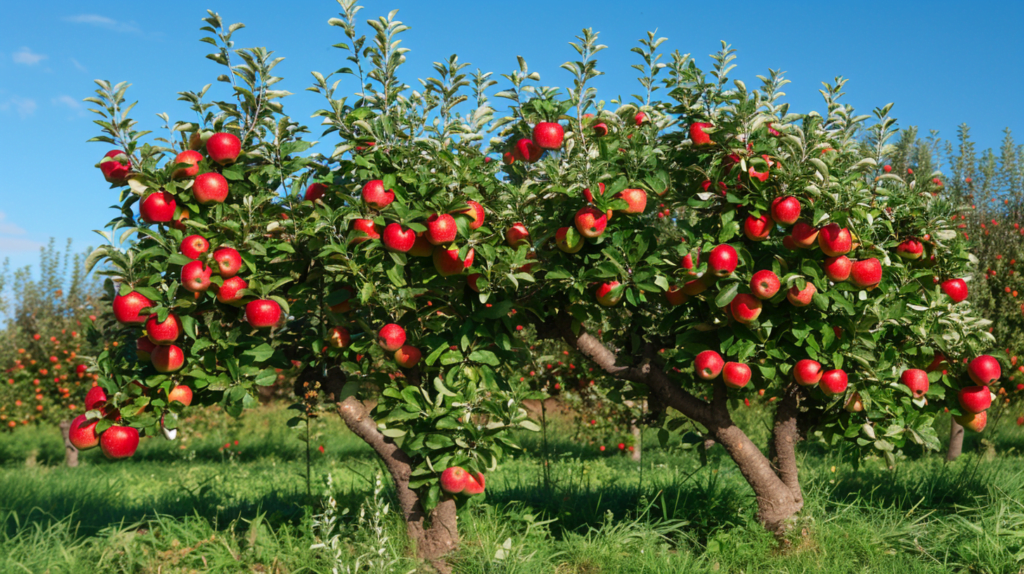
Conclusion: Creating Your Perfect Apple Orchard
Selecting which apple trees to plant together is a crucial step in creating a thriving orchard. By understanding pollination needs, choosing compatible varieties, and incorporating companion plants, you’re setting the stage for years of bountiful harvests.
Remember, as the old saying goes, “The best time to plant a tree was 20 years ago. The second best time is now.” So why not start planning your apple orchard today?
